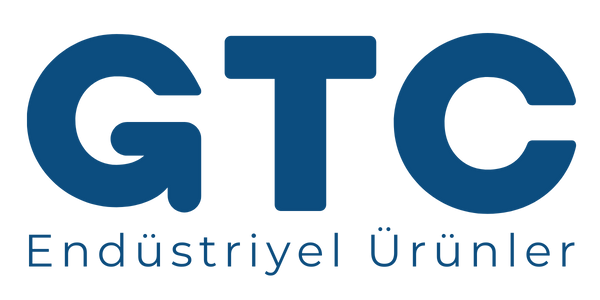Indoor Air Quality and Protective Atmosphere Measurement
Atmospheric control and measurement covers a wide range of products for a wide range of industries. These are available in homes or public businesses (ERP). They range from measuring indoor air quality to controlling the protective atmosphere (MAP) of food packaging.
Indoor air quality analysis
According to the World Health Organization, air pollution causes approximately 50,000 deaths in France every year. Contrary to popular belief, the air inside a home or industrial building can be up to 10 times more polluted than the air outside! Indoor air quality is a real problem and presents significant challenges.
In addition to pollutants brought from outside, many substances can be released into the building. These include building materials (floor and wall coverings, insulation), furniture (adhesives, varnishes), incinerators, animals, and various human activities (smoking, household products, do-it-yourself projects, etc.).
For benzene, formaldehyde to measure indoor air quality colorimetric reagent tubes or devices such as CO2 sensors are available that measure the carbon dioxide released by human exhalation and the risk of transmitting viral infections such as COVID-19. In this field, we can say that Dräger reagent tubes perform best for measuring more than 500 gases and vapors.
Carbon dioxide Measuring its concentration is the simplest way to determine the air quality in a room and evaluate the quality of ventilation. When the CO2 concentration is very high indoors (above 1000 ppm), the air is not considered healthy. In this case, it is necessary to ventilate the room (open windows, fan, etc.).
Monitoring indoor air quality has now become mandatory in some public businesses such as daycares, kindergartens, high schools and recreation centers.
Protective Atmosphere Analysis (PAA)
Protective atmosphere packaging, It involves protecting foodstuffs from contact with air by replacing them with other gases of industrial origin. In practice, this technique is regularly combined with low-temperature preservation. Various gases authorized for modified atmosphere packaging are listed in European Directive 2008/84/EC, the main ones being nitrogen (N2), oxygen (O2), carbon dioxide (CO2) and less commonly argon (Ar).
Nitrogen helps preserve dry produce, while oxygen preserves fresh fruits, vegetables, meat and fish. Argon is used to package delicate products such as wine. For example, the recommended modified atmosphere for apples is 5% oxygen, 5% carbon dioxide and 90% nitrogen. The ideal modified atmosphere for red meat retail sales is 70% oxygen and 30% carbon dioxide.
Gas analysis in modified atmosphere packaging includes the detection and measurement of oxygen and carbon dioxide, with nitrogen (derived by difference) as the balanced gas. Most instruments used to perform these measurements (e.g. the OXYBABY protective atmosphere analyzer) use a pump sampling system to draw a gas sample through a probe inserted into the package.
